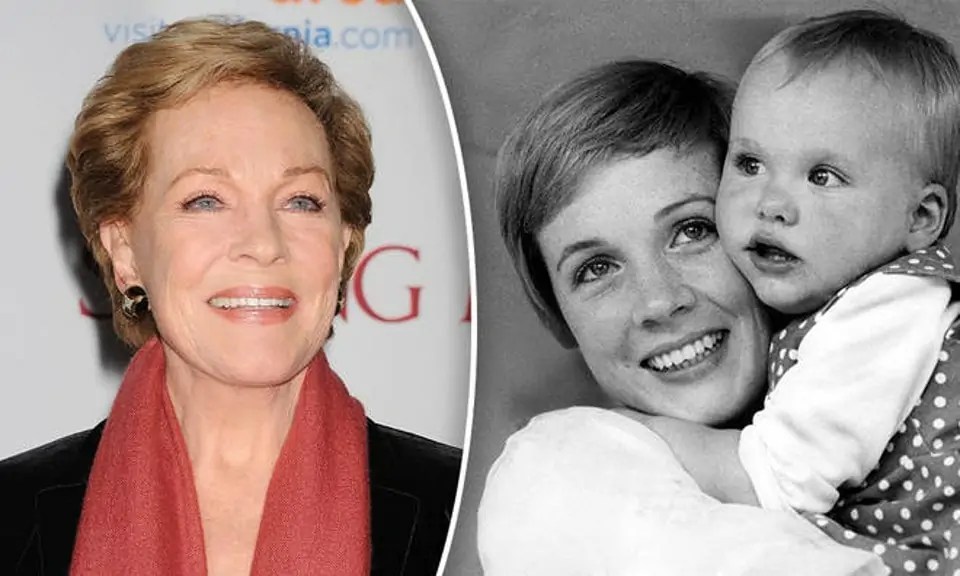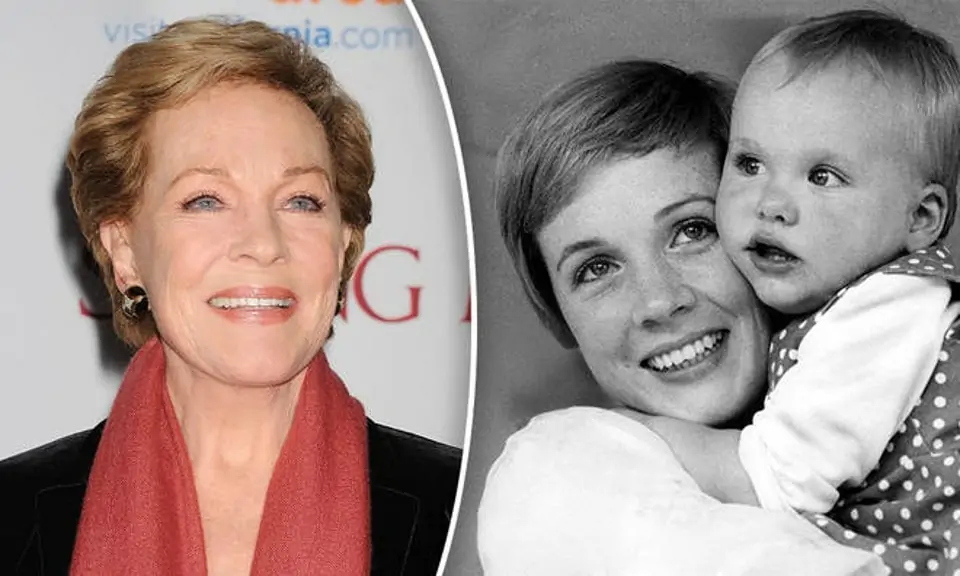Julie Andrews is most known for her performances in the strong female roles Maria Von Trapp and Mary Poppins in the two classic films Mary Poppins and The Sound of Music. Her well-known singing voice, however, was jeopardized when she discovered a cyst in her vocal cord. Since the operation, her voice has not sounded the same.
After doctors were amazed by her amazing four-octave vocal range and an almost “adult larynx” when she was only a child, Dame Andrews was devastated to find that she needed surgery to remove a benign tumor. The singer’s operation also affected her mental health; she felt it was just a “regular treatment” after experiencing voice problems while performing on Broadway in 1997.
In 2015, the 85-year-old revealed more information about the treatment, noting that it corrected a “weak spot.” She agreed to the surgery in New York City after specialists promised her that it would not impair her ability to sing. But when she awoke, the voice that many people had grown to know and love was gone.
“I don’t think she’ll sing again,” her late husband, Blake Edwards, said in an interview in 1988. That is an absolute tragedy. The singer’s once-impressive, the crystal-clear voice had been altered to a rasp, putting the rest of her career in jeopardy.

In 2019, the celebrity pondered the incident and said, “I sank into despair. I felt as though I’d forgotten who I was.” In 1999, Dame Andrews filed a lawsuit against her medical personnel and the hospital where the procedure was performed.
According to her, the surgery “ruined her capacity to sing” and stopped her from working as a musical artist. She alleged that doctors failed to discuss the procedure’s risks sufficiently. Even though the two parties reached a verified settlement in 2000, Dame Andrews’ former singing voice was not replaced.
After surgery, Dame Andrews bravely endeavored to reclaim her singing voice. She accomplished this through voice training and a second surgery to lengthen the remnant vocal tissue and remove part of the scar tissue. This, however, merely aided her speaking voice.
Ineffective surgery was common in the 1990s, and it frequently involved the use of forceps and lasers, both of which presented a considerable danger of scarring the vocal cords.
After seeking treatment and confiding in a friend, Barbara Walters, the actress gradually accepted that her vocals would not change.

For solace, she turned to writing children’s books, and most recently, she gave the voice to Lady Whistledown in the immensely hit Netflix series Bridgerton.
What exactly are vocal cord nodules?
Vocal nodules occur as a result of trauma to the vocal folds. Forceful vocal fold collision causes vocal folds to enlarge. These enlargements, known colloquially as “soft nodules,” may worsen if left untreated. As a result of the continued injury, scar tissue forms.
Because the affected area stiffens, soft nodules lose their capacity to vibrate properly if not treated. At this stage, they transform into “hard nodules,” which are extremely difficult to treat.
According to Great Ormond Street Hospital, vocal cord nodules are rather common, and when a singer acquires one, it typically makes the news (GOSH).

They are caused by misuse of the voice in children, although they can afflict people of any age.
“Polyps are less common, and they, too, have a history of trauma or abuse.”
Nodules differ from vocal polyps. They are more numerous and commonly associated with smoking than singing. However, nodules and polyps can harm the body in the long run.
Symptoms and Warning Signs
The British Voice Association states that the first sign that nodules are growing is when voices become “cloudy” or husky. Vocals frequently lose brightness and pitch range as a result of the constant stress that opera singers submit their voices to.
When this occurs, a person’s speaking voice begins to shift. They may begin to sound noticeably harsh and breathy after frequent voice breaks.
Vocal rest and voice therapy are standard therapies for the condition. Surgery, like Dame Andrews, may be necessary if the nodules do not decrease or eliminate altogether.
Because of much improved surgical techniques, vocal folds are now retained. There’s no reason why people can’t recover entirely following surgery with some vocal treatment.
Complications
Symptoms associated with nodules may be a marker of laryngeal cancer in some cases.
Because this sickness affects the voice box, some patients may lose their ability to speak permanently.








